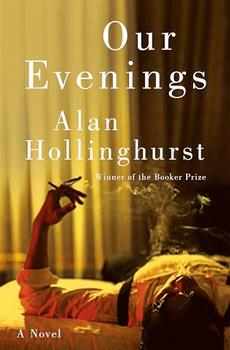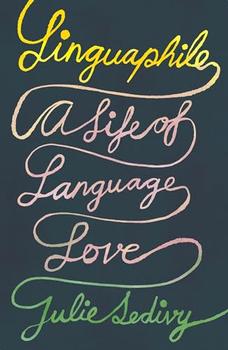(8/5/2021)
From the moment we read the opening sentence of the book, in which our hero, Ekong Udousoro, expresses his enthusiasm at his seemingly impending visit to New York, we, the readers, know we have ahead a whole course of adventures and possibly, misadventures, and indeed the book does not disappoint.
New York, My Village by Uwem Akpan is a tour de force which aims to give a clear if not comprehensive picture of the Biafran War in Nigeria through some individual stories. This happens to coincide with the purpose of Ekong's visit to America, that of editing a collection of stories about the war of 1967-1970. Ekong ends up telling us how many stories may remain untold, rather unwritten without being any less valuable or heart-breaking. A tour de force because it adds the dimension of the life of a small publishing company in the US and that of all the possible variants of discriminatory racial and cultural attitudes coming from the most unexpected places and people, many in the US, proving that our coworkers, relatives, old friends, neighbors or ourselves can harbor deep biases, guilt, shame or trauma which are difficult to acknowledge and handle day by day. A tour de force of soccer World Cups, too, the best way to untie tongues, find common ground and warm up an Italian landlord to you.
What this novel excels in, besides the blunt truths many still tiptoe around, is describing with dignity and compassion horrific war scenes. This amid scenes of equal dignity and consideration for the others which muster a copiously hilarious tone, the bedbug war being the epitome of hilariousness in the book. It is this intriguing juxtaposition which is one of the strong points of the novel. Another is the constant comparison between aspects of everyday New York life to those in Ikot Ituno-Ekanem, the village in Nigeria which is the Catholic community that supports and filters all of Ekong's experiences. The novel abounds in these comparisons, often in the form of proverbs, only to learn to our delight that they may be Ekong's filtering of the ancestral wisdom rather that his mere reproduction of it. This enhances the tone of playfulness that the novel excels in and endears Ekong to us as he tries to adjust and make amends for the place he visits.
The use of citations of factual information when the narrator speaks of actual historical events reminded me of the same device used by Ava Homa in Daughters of Smoke and Fire, a confirmation of the horrors described for those who do not know or need one.
The use of Annang, Ekong's native language is a source of effect and some confusion, as the meaning is not always contextually evident beyond some forms of address, greetings and food names.
The novel may become confusing at times but in its deep self-ironic stance it warns the reader about it too, when one character says: "Sorry, I'm mixing up stories!" (p. 260)
A novel worth reading and pacing yourself when doing it.



